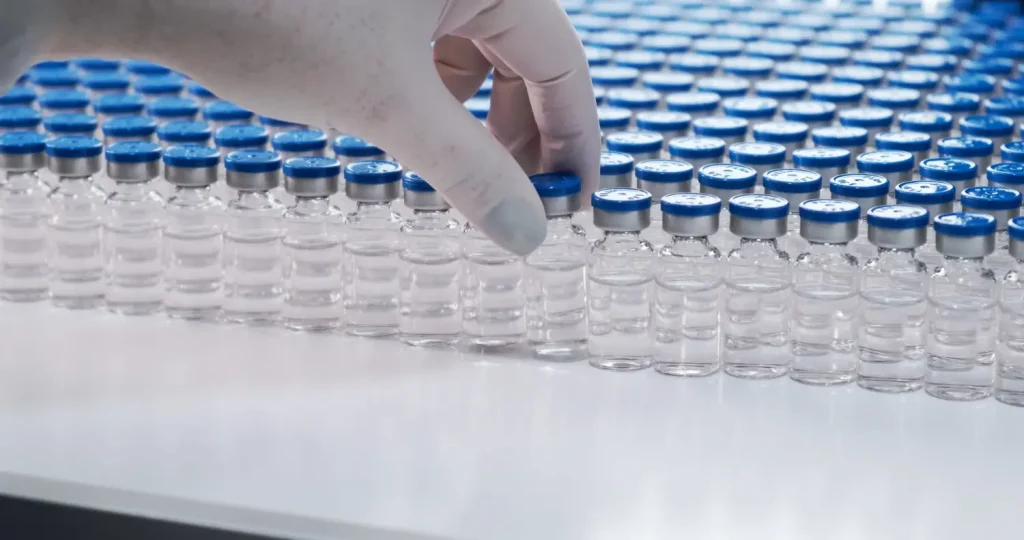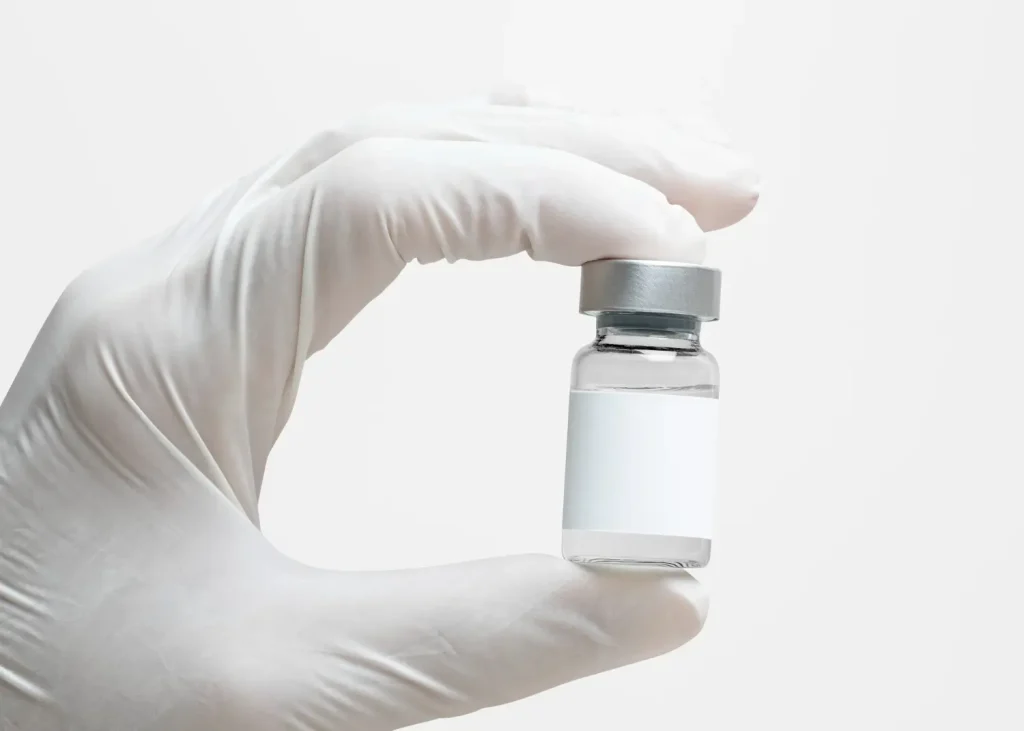Juvederm is a premium collection of hyaluronic acid-based dermal fillers, Juvederm have dominated the nonsurgical procedures market for its impressive, natural and rewarding results. This brand aims to correct and improve adult skin by adding volume and hydration to the face. There are many attractive factors of this brand, from avoiding the surgical room to having minimal downtime.
With a number of different products in its collection, Juvederm aims to provide the highest quality treatments that can revive the youthful appearance.
The Differences Between Juvederm Ultra and Juvederm Ultra Plus
Juvederm Ultra and Juvederm Ultra Plus are two exceptional dermal fillers from Juvederm. Containing cross-linked hyaluronic acid, both fillers can correct marked imperfections on the face. However, these two products have their own specific characteristics and indications, mainly due to their cross-linking rate and lifting capacity. A full understanding of their properties can achieve the full advantage of the products.
Crosslinking rate
Juvederm Ultra is known to address fine wrinkles, lines and a number of other concerns. It is suitable for moderate to severe nasolabial folds, marionette lines and other lines present due to loss of hyaluronic acid or constant movements. The gel is thin and has lower viscosity because it consists of smaller molecules with 9% crosslinking rate. As a result, the fillers are softer and do not require deep injections.
Juvederm Ultra Plus has a higher crosslinking rate of 11%. Therefore, the particle size is larger and forms a thicker and more viscous gel. The stiffer gel can hold its shape and form better in larger areas, including deeper grooves and furrows. With this consistency, Juvederm Ultra Plus can inform itself as a better cushioning agent for sunken or sagging skin areas.
Target areas and durability
Juvederm Ultra can create a smooth, soft and firm complexion that lasts for six to nine months. This effect can be enhanced by a maintenance treatment two weeks or one month after the initial treatment. The recommended areas are:
- Moderate to severe nasolabial folds;
- Marionette lines;
- Lip augmentation.
Juvederm Ultra Plus can maintain its effect and volume up to a year even with one treatment. For a more optimal filling results, especially in volumizing larger areas, administer a touch-up injection a month within the initial treatment. Juvederm Ultra Plus is suitable for:
- Severe nasolabial folds and marionette lines;
- Cheek and chin contouring;
- Nasal and nose bridge alteration.
Patient’s comfort
Both products are available in the Juvederm XC line. This line of dermal fillers includes the local anesthetic, 0.3% lidocaine, alongside the gel as a numbing agent. Practitioners can recommend Juvederm Ultra XC and Ultra Plus XC to their potential clients as a treatment method that is painless and quick. With meticulous care, a treatment session takes an average of 15 to 60 minutes, or less. Patients can immediately return to their daily routine after receiving a Juvederm treatment.
What is Juvederm’s main ingredient?
The main ingredient, hyaluronic acid (HA), is a polysaccharide that is originally abundant in the body. This sugar molecule has the potency to attract moisture and retain it to provide volume, hydration, and cellular nutrition. By replenishing the concentration of HA, the skin can revive its integrity and elasticity into a smoother, more firm texture. Rough skin can return to its softer, more supple state.
What makes one Juvederm filler different from another?
Purified, unchained hyaluronic acid is vulnerable to enzymatic degradation. It does not guarantee a long-lasting effect. In order to enhance its longevity, researchers from the manufacturing company, Allergan, has discovered a method of crosslinking these hyaluronic chains together. Using the reticulating agent 1,4-butanediol diglycidyl ether (BDDE), the strong bonds help to resist the hyaluronic acid chains from degenerating.
One of the most important considerations in a product is the stiffness or cohesiveness of the gel. This can be determined by the elastic modulus or G’ of the gel. This is the hardness of gel when it receives an external, lateral force. Its resistance to migration and deformation, once it has set in place, measures the elastic modulus.
This cohesiveness is pre-determined through the percentage of cross-linking being used for the gel solution. Robust implants with higher a G’ are more appropriate for use on deeper nasolabial folds, also for lifting prominent facial structures like those of the nose bridge, nasal tip, and cheeks. Fluid gels are more suitable for fine to moderate wrinkles, lines and folds as well as any areas where subtle filling results are required.





















